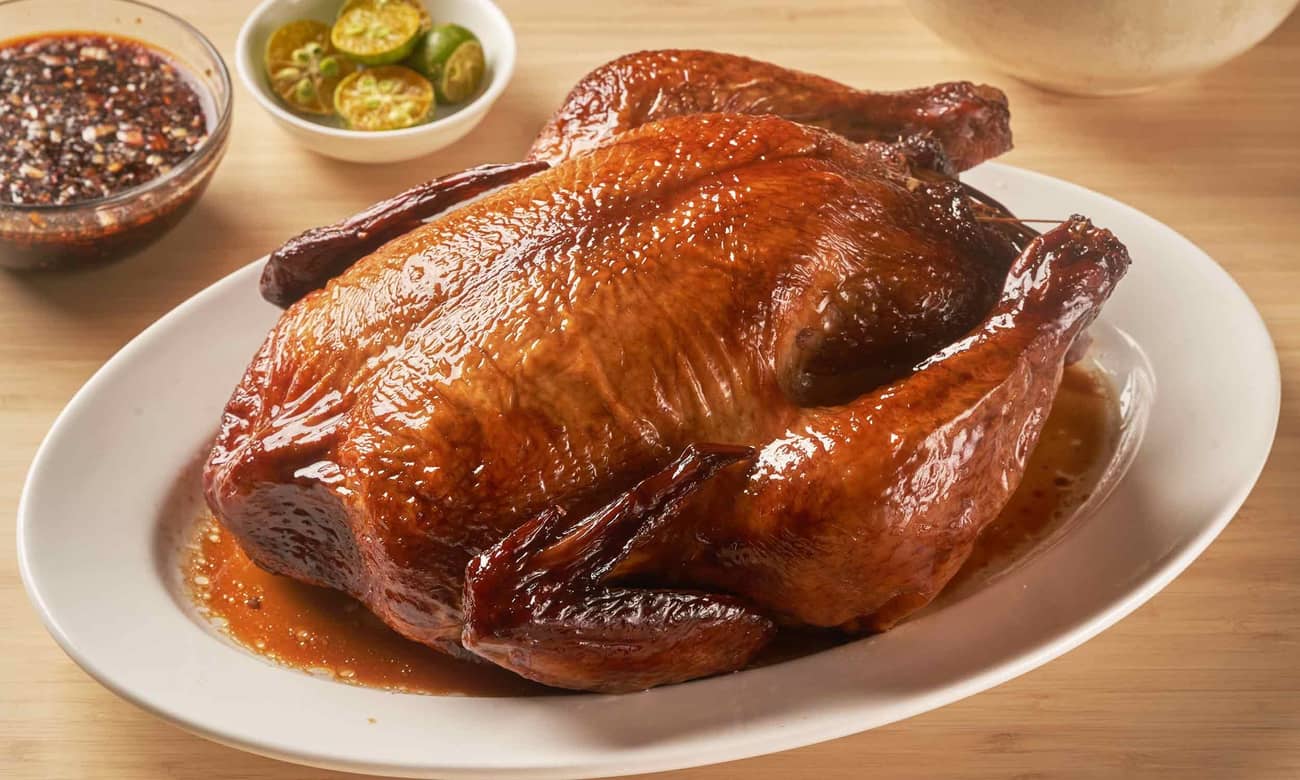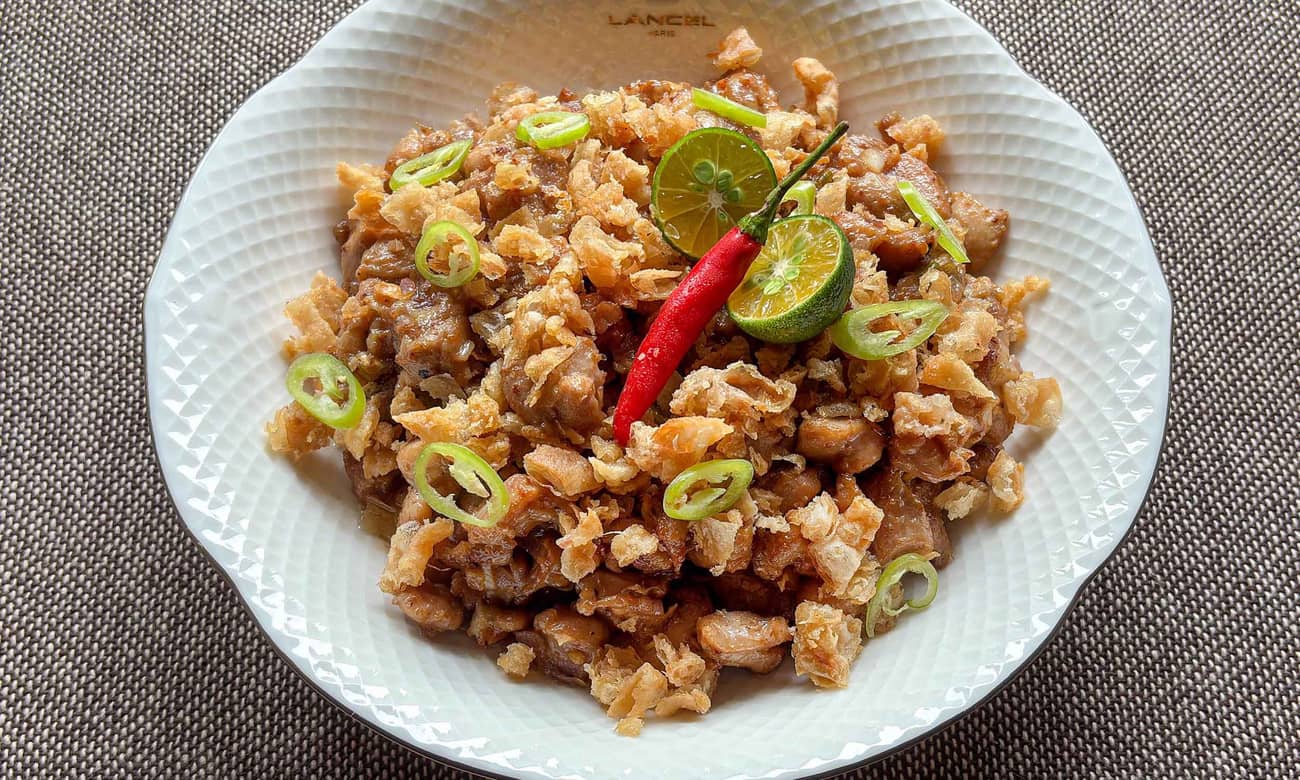
Take the grill out of the equation and make chicken inasal in your air fryer.
Good news for cooks who don't have a grill: You can make chicken inasal in the air fryer!
You won't get that smoky flavor from open-fire grilling. But this easy recipe more than makes up for it with sheer convenience. The chicken, marinated in a tangy mix of lemongrass, calamansi, and coconut vinegar, cooks wonderfully in the air fryer. Basting the chicken with atsuete butter produces a richly roasted skin in that trademark inasal-orange color.

Inasal means broiled or grilled in Ilonggo, same as litson in Tagalog. A large cut of meat, often chicken, is marinated in calamansi, lemongrass, and vinegar before grilling over red-hot charcoal. Annatto oil gives inasal its distinct reddish-orange color.
Before airfrying, you first need to marinate your chicken overnight. A typical inasal marinade consists of garlic, ginger, calamansi, brown sugar—basic ingredients you might already have in your kitchen. Then there’s lemongrass (tanglad) and coconut vinegar.


We don't just copy random recipes. We taste test every single one.
Easily search and save your favorites.
Chefs develop our food with techniques made easy for home cooks.
Lemongrass, known as tanglad or tangad in Filipino, is a tropical herb with no relation to lemons. However, it tastes and smells so similar to the fruit that it can be used as a substitute. With its mild lemony flavor and almost gingery quality, tanglad makes a flavorful base for soups, stews, marinades, and teas.
You only need the lemongrass stalks for the marinade. To prepare, use a sharp knife to trim the base off the stalks along with the woody tops—right around where the stalk starts to turn green. Peel away the tough outer leaves to reveal a smooth, tender stalk. Chop that up into thin rings or half circles for the marinade. Save the woody lemongrass leaves for steeping in soups, stocks, or tea.
Coconut vinegar comes from fermenting either coconut sap (sukang tuba) or coconut water (suka ng niyog).
Coconut vinegar doesn’t exactly taste like coconut. It has an assertive tartness with a rounded, slightly sweet flavor. So if you don’t have coconut vinegar on hand, you can substitute it with cane or white vinegar just fine.

